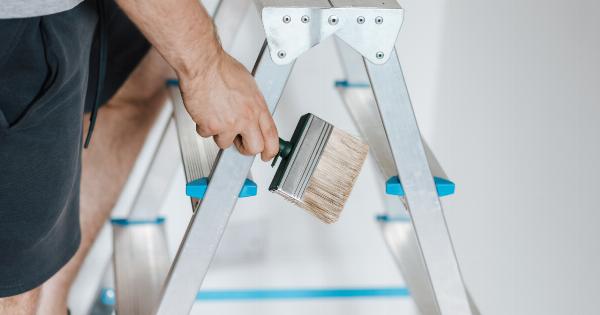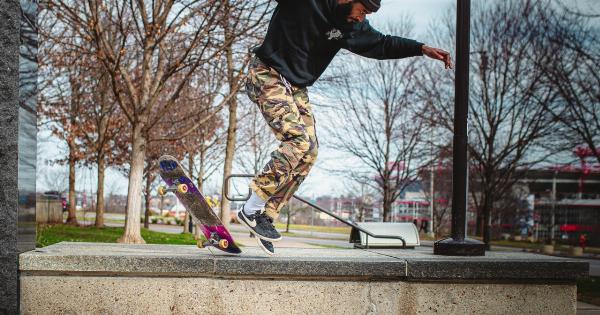As men and women age, they become susceptible to a variety of health issues, including incontinence. Incontinence refers to the involuntary loss of control over urine or feces, and it affects millions of people worldwide.
According to the National Institute of Diabetes and Digestive and Kidney Diseases (NIDDK), about 30% of men and 40% of women over 50 years of age experience some degree of incontinence. While incontinence can be distressing, there are many management strategies available to help people cope with the symptoms and maintain their quality of life.
Types of Incontinence
Before you can manage your incontinence symptoms, it’s important to understand the type of incontinence you are experiencing. There are several types of incontinence, including:.
1. Stress Incontinence
Stress incontinence is the most common type of incontinence in women. It occurs when the pelvic muscles that support the bladder and urethra become weakened, usually due to pregnancy, childbirth, or menopause.
Stress incontinence can cause leakage when you laugh, cough, jump, or lift heavy objects.
2. Urge Incontinence
Urge incontinence is also known as overactive bladder. It occurs when the bladder muscles contract involuntarily, causing a sudden and strong urge to urinate.
Urge incontinence can be caused by a variety of factors, including bladder infections, nerve damage, and certain medications.
3. Overflow Incontinence
Overflow incontinence occurs when the bladder is unable to empty completely, causing urine to leak out. This is usually due to a blockage in the urinary tract, such as an enlarged prostate or a urinary stone.
4. Mixed Incontinence
Mixed incontinence occurs when a person experiences symptoms of both stress incontinence and urge incontinence.
Treatments for Incontinence
Once you have identified the type of incontinence you are experiencing, you can work with your healthcare provider to develop a treatment plan. Here are some common treatments for incontinence:.
1. Lifestyle Changes
Lifestyle changes can help manage incontinence symptoms and prevent further bladder problems. Some strategies to try include:.
- Limiting caffeine and alcohol
- Drinking plenty of water
- Quitting smoking
- Avoiding constipation by eating a high-fiber diet
- Maintaining a healthy weight
- Doing pelvic floor exercises
2. Medications
Medications can help manage the symptoms of urge incontinence by calming the bladder muscles. Common medications include:.
- Anticholinergics
- Beta-3 agonists
- Tricyclic antidepressants
- Alpha-blockers
3. Medical Procedures
There are several medical procedures that can help treat incontinence, including:.
- Sling procedures
- Bulking injections
- InterStim therapy
- Botulinum toxin injections
- Prostate surgery (for men with overflow incontinence)
4. Absorbent Products
Absorbent products, such as pads and adult diapers, can help manage incontinence symptoms and reduce the risk of accidents.
It’s important to choose the right product for your needs and to change it regularly to avoid skin irritation and infection.
5. Incontinence Devices
Incontinence devices, such as catheters and penile clamps, can help men manage their incontinence symptoms. These devices should only be used under the guidance of a healthcare provider to prevent complications.
Conclusion
Incontinence can be a challenging condition to manage, but with the right treatment plan, people can maintain their independence and quality of life.
Whether you choose to make lifestyle changes, take medications, or undergo a procedure, it’s important to work closely with your healthcare provider to find the best approach for your individual needs.































